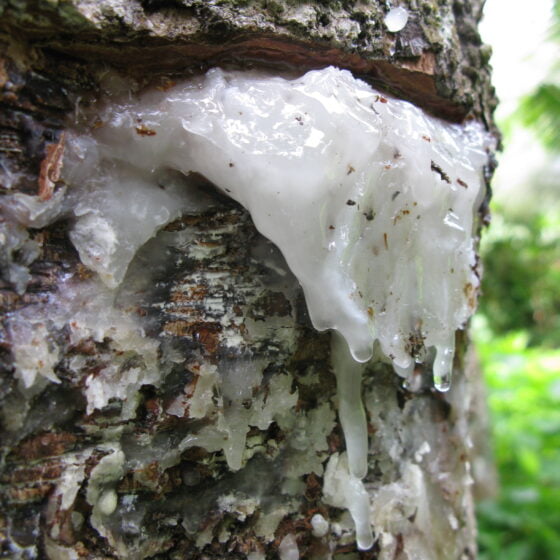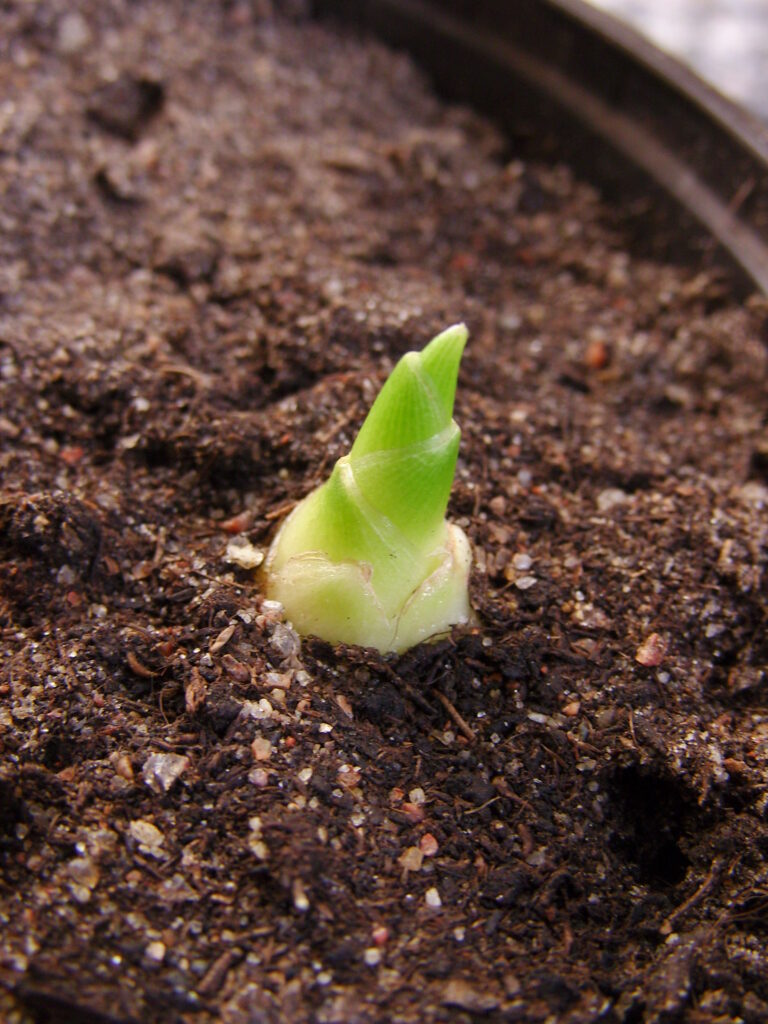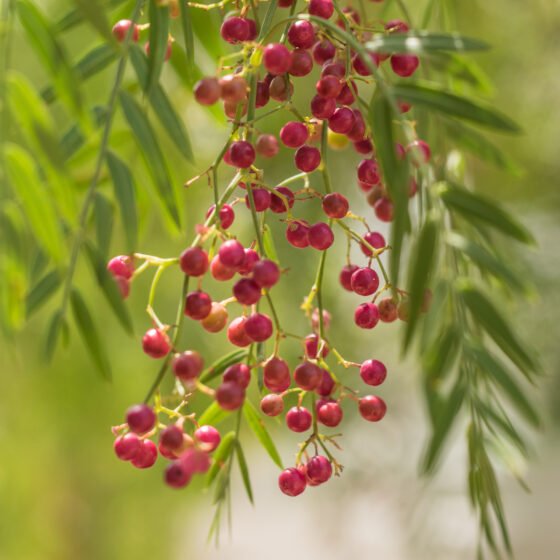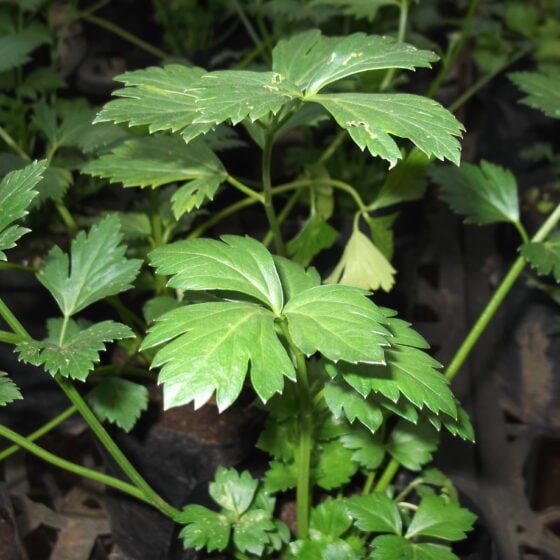
Ginger China
Zingiber officinale
General data
Harvest Calendar
- J
- F
- M
- A
- M
- J
- J
- A
- S
- O
- N
- D
Product details Fragrance side
Ginger essential oil is often used at the heart of spicy notes but also to accompany woody or oriental bases. This product brings a very distinct spicy freshness within the citrusy accords or even within a cologne.
Well-being side
Digestive tonic, general tonic, analgesic, venous and lymphatic decongestant. Warms the heart, lightens the mind, allows to reconnect with feelings and emotions, releases inhibitions.
*The aromatherapy properties in this document are excerpted from reference books, scientific articles, or specialized websites and are provided to customer for its information and internal use only. Claims on a finished product remain the responsibility of the company making the finished product available on the market. About
Ginger, native to China, is a large, hardy, tropical herbaceous plant. It is an emblematic member of the Zingiberaceae, a family it shares with other celebrated spices like cardamom and turmeric. Ginger’s aromatic rhizome forms buds from which emerge leafy stems. The plant’s shape is similar to that of reeds. The essential oil, which lies in the cells beneath the rhizome’s epidermis, is extracted by steam distillation. Its spicy, warm fragrance has citrus notes, characteristic of the plant’s Asian origins.
Considered a panacea in Asia, ginger can be found in every pharmacopoeia on that continent. The “ancient” Indians viewed it as the mahaoushadha or great medicine. Ginger has been consumed in Asia and India since ancient times and was introduced to Europe in the Middle Ages by Arab spice merchants. Today, ginger is still grown in parts of Asia, where the tropical climate creates favorable conditions. In China, ginger rhizomes are harvested once a year, when the leafy stems become yellow. They are cleaned, brushed, and then dried for one to two weeks. The rhizomatous stumps are then pulverized, dried, and sieved before being distilled to make the essential oil.
Fragrance side
Ginger essential oil is often used at the heart of spicy notes but also to accompany woody or oriental bases. This product brings a very distinct spicy freshness within the citrusy accords or even within a cologne.
Well-being side
Digestive tonic, general tonic, analgesic, venous and lymphatic decongestant. Warms the heart, lightens the mind, allows to reconnect with feelings and emotions, releases inhibitions.
About
Ginger, native to China, is a large, hardy, tropical herbaceous plant. It is an emblematic member of the Zingiberaceae, a family it shares with other celebrated spices like cardamom and turmeric. Ginger’s aromatic rhizome forms buds from which emerge leafy stems. The plant’s shape is similar to that of reeds. The essential oil, which lies in the cells beneath the rhizome’s epidermis, is extracted by steam distillation. Its spicy, warm fragrance has citrus notes, characteristic of the plant’s Asian origins.
Considered a panacea in Asia, ginger can be found in every pharmacopoeia on that continent. The “ancient” Indians viewed it as the mahaoushadha or great medicine. Ginger has been consumed in Asia and India since ancient times and was introduced to Europe in the Middle Ages by Arab spice merchants. Today, ginger is still grown in parts of Asia, where the tropical climate creates favorable conditions. In China, ginger rhizomes are harvested once a year, when the leafy stems become yellow. They are cleaned, brushed, and then dried for one to two weeks. The rhizomatous stumps are then pulverized, dried, and sieved before being distilled to make the essential oil.
Other type of extracts
(Spicy)



